Energy Efficient Attic Insulation
Did you know that 70% of energy loss is up, not out? Energy efficiency begins with attic thermal insulation. This means you’ll see the greatest energy savings by upgrading to new attic insulation and air sealing. By increasing the efficiency of the attic, homeowners can begin to see a reduction in energy bills almost immediately.
According to the Department of Energy, having your home air sealed by a qualified contractor can save you up to 20% on heating and cooling costs.
If you have a need for attic insulation services in Maryland, Delaware, or Northern Virginia, our team is ready to help!
Air Sealing Attic Spaces
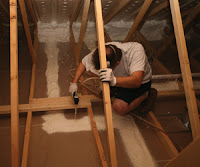 Attic air sealing prevents airflow between your interior living space and your attic. Proper air sealing helps heated and cooled air stay inside the home by closing the gaps that leak air. Think of air sealing like closing a window before running air conditioning—why condition the interior air if you are going to let it sneak out through a gap in your home’s envelope?
Attic air sealing prevents airflow between your interior living space and your attic. Proper air sealing helps heated and cooled air stay inside the home by closing the gaps that leak air. Think of air sealing like closing a window before running air conditioning—why condition the interior air if you are going to let it sneak out through a gap in your home’s envelope?
Your home may have leaks that are easily spotted with a visual inspection. It likely has many other holes in its envelope that can’t be easily seen such as those found around light boxes, plumbing stacks, soffit drops, basement box sills, and other places.
If you are remodeling or building a new home, we recommend insulating top plates (also known as the upper wall plate or ceiling plate), which isn’t something that can be seen or accessed in an existing home. By sealing top plates, you can reduce air transfer from conditioned living spaces to unconditioned attic spaces.
Insulating Your Attic

Even newer homes can benefit from upgraded insulation. As building codes become more stringent, nearly all homes need more insulation to ensure they are meeting current standards.
Open Cell Spray Foam
Open cell spray foam attic insulation works as an insulator and air barrier. The average R-value of open cell foam is 3.6 to 4.45 per inch. Here are some other features of open cell spray foam attic insulation:
- It is vapor permeable
- Is able to accommodate seasonal movement
- Is not a food source for mold
- Dampens sound
Closed Cell Spray Foam
As with open cell spray foam insulation, closed cell spray foam also works as both an insulator and air barrier. The Typical R-value of closed cell foam is 7 per inch. Other features of closed cell spray foam insulation are:
- Closed cell foam insulation is denser and therefore insulates better throughout your home.
- High R-value, which offers an added layer of protection to heat flow.
- Ideal for many different areas of your home, especially the hard-to-reach areas such as attic doors, tight corners, etc. of your basement.
- While other insulation materials may lose their effectiveness over time, closed cell spay foam does not.
What is Air Sealing?
Some air leaks are necessary to allow for the escape of gasses from the home that are by product of heating air and water. Others result from how the home was built and the aging of building materials. Air sealing closes those unnecessary leaks that rob our home of energy savings.
Where Are Air Leaks?
Air leaks tend to occur in similar areas throughout the home. Most home owners aren't aware of all the possible areas air can leak from.
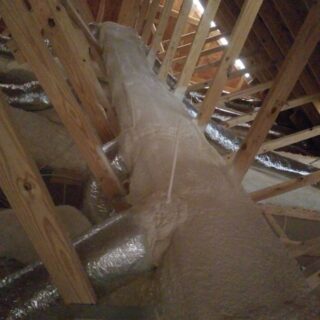
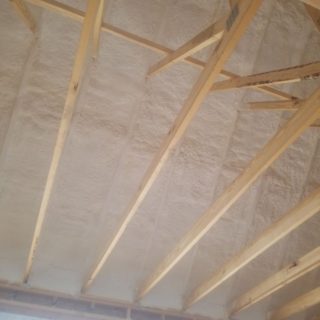
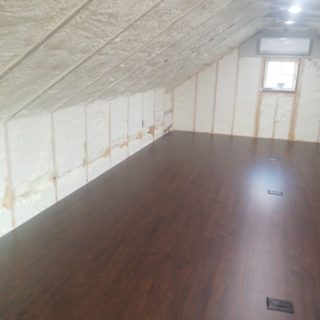
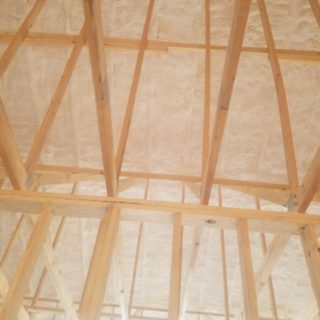
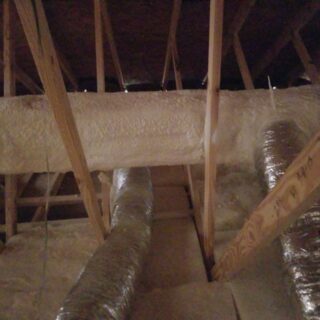
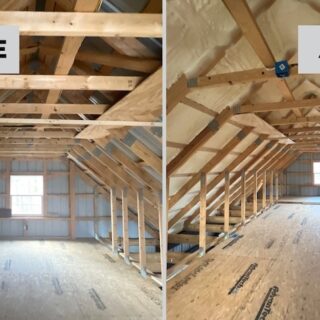
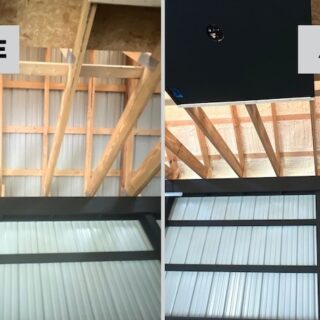
Ready to talk spray foam attic insulation in Maryland, Delaware, or Northern Virginia? Contact us for a free estimate.
